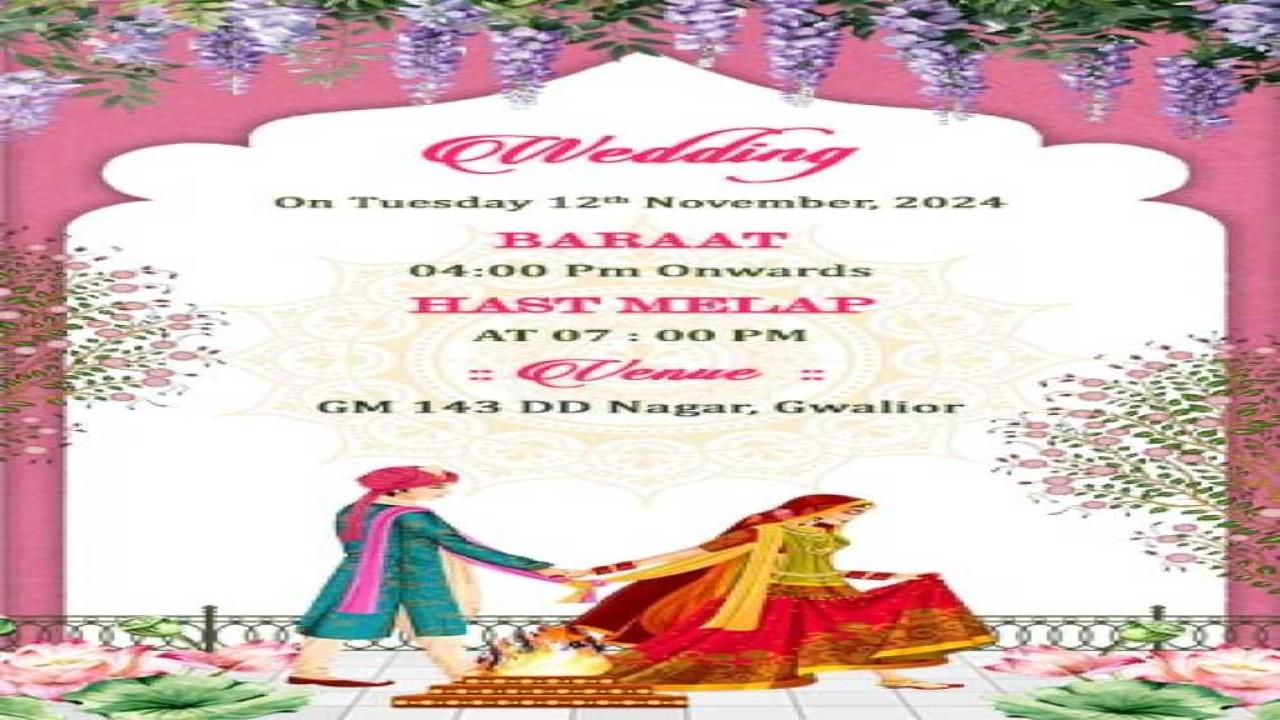How Hindu Matrimonial services help in Finding compatible NRI matches. #marriage #matrimonial #hindu #nri #indian
https://kinkedpress.com/how-hindu-matrimonial-platforms-help-nris-find-verified-and-compatible-matches/
https://kinkedpress.com/how-hindu-matrimonial-platforms-help-nris-find-verified-and-compatible-matches/
How Hindu Matrimonial services help in Finding compatible NRI matches. #marriage #matrimonial #hindu #nri #indian
https://kinkedpress.com/how-hindu-matrimonial-platforms-help-nris-find-verified-and-compatible-matches/
0 Commenti
0 condivisioni
83 Views
0 Anteprima













